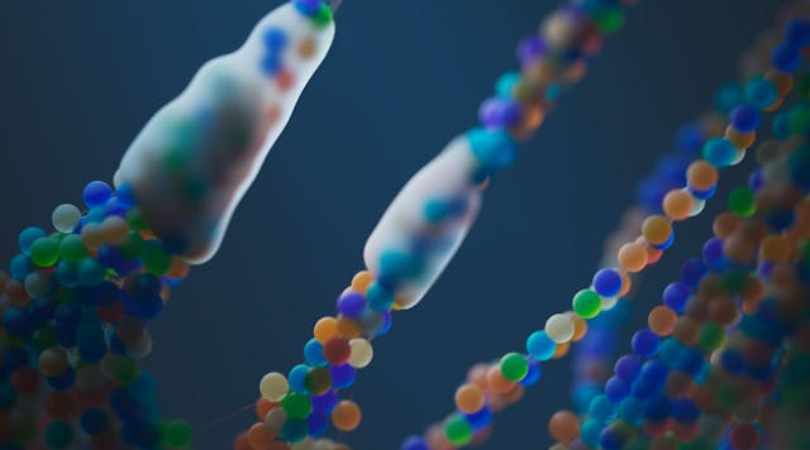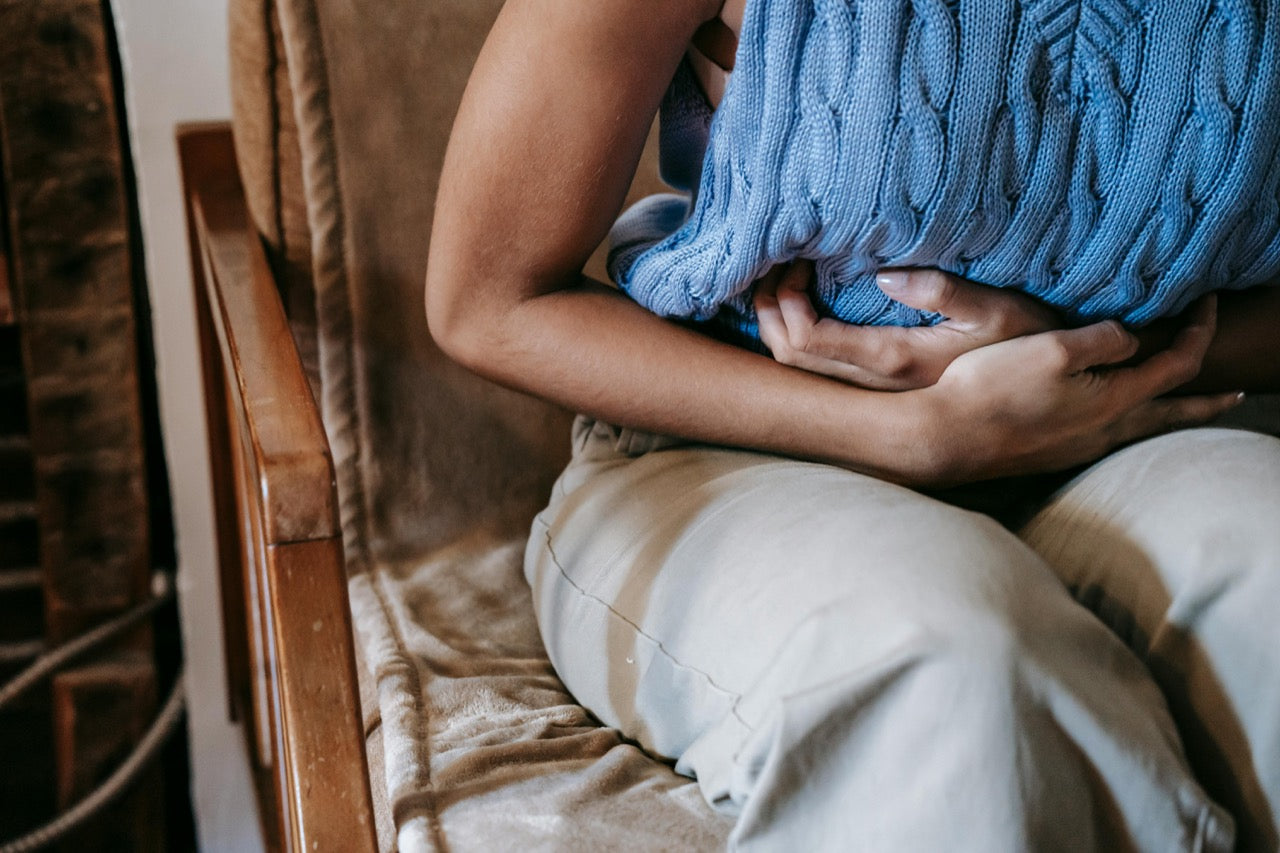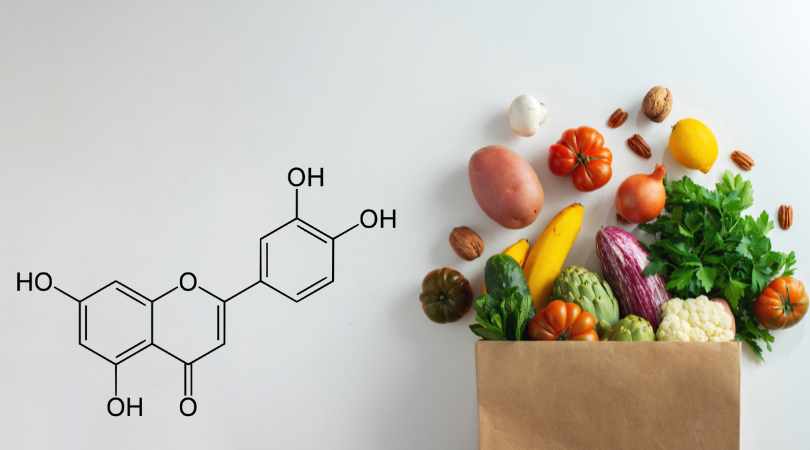Scientists have successfully restored the lost uricase enzyme, a key breakthrough in combating fructose-induced fat formation. This discovery offers new hope for preventing obesity and metabolic disorders by targeting how the body processes sugar and stores fat.
Limited Quantities Available! Order Today and Enjoy Free Shipping on Orders Over $100!
The Sugar Rollercoaster: How Blood Sugar Spikes and Crashes Fuel Your Cravings

Ever feel great after a snack — only to crash an hour later and find yourself rummaging for more?
That’s the blood sugar rollercoaster in action. It’s the hidden force behind cravings, mood swings, energy dips, and even binge eating. And unless you learn how to flatten the ride, you’re stuck in a cycle of temporary highs followed by relentless lows.
Let’s break down how it works, what causes blood sugar spikes, and how to prevent them — without falling for quick-fix traps.
What Are Blood Sugar Spikes?
When you eat, especially carbohydrates, your blood sugar rises. That’s normal.
But when you eat too much sugar too fast — think soda, pastries, white bread, or processed snacks — glucose floods the bloodstream. Your pancreas scrambles to release insulin, a hormone that pushes glucose into your cells for energy or storage.
This sharp rise and fall in blood sugar levels can leave you feeling:
- Jittery or anxious
- Fatigued or foggy
- Hungry — again, even if you just ate
These are classic blood sugar spike symptoms, and they often drive people to reach for another quick source of energy… restarting the cycle.
Why Do Blood Sugar Spikes Lead to Cravings?

When your blood sugar crashes after a spike, your brain interprets it as an emergency — a fuel shortage. You get hit with intense cravings for fast-acting carbs, even if your body isn’t truly hungry.
Over time, the more often this happens, the more insulin resistant your body becomes — meaning it takes more and more insulin to do the same job. That’s when things really spiral.
And here’s the kicker: while glucose is the obvious culprit, fructose often does even more metabolic damage — without ever showing up on your glucose monitor.
Fructose bypasses the normal blood sugar pathways but increases insulin resistance, promotes fat storage, and impairs satiety hormones — making you hungrier over time, even if your blood sugar looks stable.
“High dietary fructose is a major contributor to insulin resistance and metabolic syndrome.” — Zhang et al., Nutrients, 2017
Blood Sugar High Reasons: It’s Not Just Dessert
You don’t need to eat candy to spike your blood sugar. Other sneaky causes include:
- Skipping meals, then overeating when you finally eat
- Low-fiber breakfasts (like cereal or toast without protein)
- Hidden sugars in sauces, dressings, and “healthy” snacks
- Liquid carbs, like fruit juice or sugary coffee drinks
- Chronic stress, which increases cortisol and blood glucose
Even large portions of “healthy” carbs (like rice or whole wheat pasta) can cause spikes if they’re not paired with protein, fat, or fiber.
Also Read - How Blood Sugar Imbalances Drain Your Stamina?
How to Prevent Blood Sugar Spikes
Here’s how to flatten the curve and stay off the rollercoaster:
1. Anchor Every Meal with Protein
20–30g of protein at each meal slows digestion and minimizes glucose spikes.
2. Don’t Skip Fiber
Soluble fiber slows sugar’s entry into the bloodstream. Load up on leafy greens, flax, chia, avocado, lentils, and broccoli.
3. Eat Carbs with Fat & Protein
Instead of plain toast, try it with eggs and avocado. Pair fruit with Greek yogurt or nuts to reduce the glycemic impact.
4. Try a Post-Meal Walk
Just 10 minutes of light walking can significantly reduce glucose levels after eating.
5. Start with Savory
Eating vegetables, fat, or protein before carbs can cut the post-meal glucose spike by up to 75%.
6. Support Fructose Control Directly
Since fructose quietly drives insulin resistance and cravings, targeting its metabolism matters — even if it doesn’t show up on your CGM.
This is where Sugarshield comes in. It contains luteolin, a safe, naturally occurring flavonoid found in herbs like parsley and celery.
In preclinical studies, luteolin has been shown to inhibit fructokinase, the first enzyme that initiates fructose metabolism. By interfering with this pathway, luteolin reduced ATP depletion and liver fat accumulation in animal models — two key drivers of metabolic dysfunction.
While more human research is needed, this mechanism offers a promising foundation for supporting metabolic balance at the source, especially when combined with lifestyle strategies that reduce added sugar and fructose exposure.
Check Out - End Sugar Cravings and Break the Sugar Habit
Advanced Tools: More Ways to Modulate Your Blood Sugar
● Allulose
This rare sugar doesn’t spike blood sugar or insulin and may actually lower the glycemic response of other carbs when eaten together. It also slightly boosts GLP-1 and improves insulin sensitivity in early studies — making it a smart sugar substitute for blood sugar stability.
● Guar Gum (Soluble Fiber)
This gentle prebiotic fiber slows glucose absorption and reduces the post-meal spike. Even 1–3 grams taken in water before a meal can smooth out glucose curves without harsh bloating. It's also a great tool during fasting to manage hunger and extend metabolic benefits.
● GLP-1 Modulation
GLP-1 (glucagon-like peptide-1) is a hormone that slows gastric emptying, reduces appetite, and enhances insulin secretion. While prescription GLP-1 agonists are trending (e.g., Ozempic), certain foods and supplements — like berberine, apple cider vinegar, and even allulose — can nudge your GLP-1 response naturally.
These tools don’t replace healthy meals — but they amplify the benefits, especially when cravings hit or you’re navigating unpredictable meals.
How to Lower a Blood Sugar Spike (If It’s Already Happening)

If you’ve just eaten a high-sugar meal or feel symptoms of a spike, don’t panic — here’s what helps:
- Move your body: Walk for 10–15 minutes to lower blood glucose quickly.
- Drink water: Staying hydrated supports glucose clearance.
- Rebalance your next bite: Focus on protein + fiber to restore balance.
- Avoid the rebound fix: It’s tempting to reach for more sugar — but that just deepens the crash.
Check Out - How to Stop Sugar Cravings Naturally: 10 Proven Strategies That Actually Work
Final Thoughts: You Can Step Off the Ride
Blood sugar spikes and crashes don’t just wear you down — they train your body to crave more sugar. Fructose makes the problem worse by quietly disrupting your metabolic balance, even if your glucose levels seem “normal.”
But you’re not stuck with this pattern.
By building meals that stabilize glucose, addressing hidden fructose overload, and using targeted support like Sugarshield, fiber, allulose, and GLP-1-enhancing foods, you can flatten the curve — and feel more in control.
This isn’t about restriction. It’s about rhythm.
And the more consistent your rhythm, the better you feel.
Disclaimer: The information in this blog reflects personal opinions, experiences, and emerging research. It is not intended as medical or professional advice and should not replace consultation with qualified professionals. The accuracy of this content is not guaranteed. Always seek guidance from a licensed expert before making any health-related decisions.


Chris | 🔬 Founder of LIV3 Health
⚡ A keen researcher dedicated to uncovering the root causes of metabolic dysfunction, the key driver of chronic conditions behind 70% of global deaths. His findings led to science-backed, natural solutions designed to inhibit fructose metabolism.
📢 Follow me on Reddit for insights on metabolic health and the future of wellness! -






